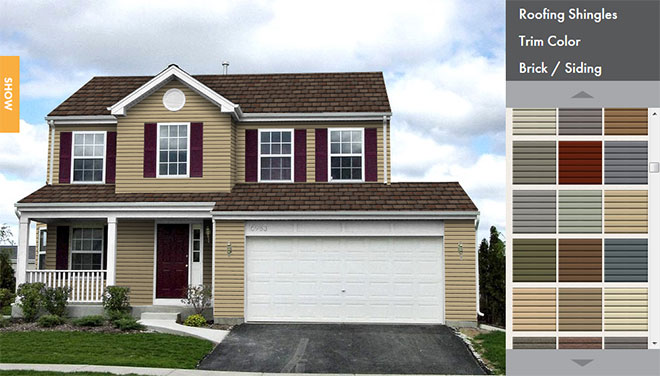Roof Inspection For Minnesota Homeowners
A checkup on your roof system will help diagnose potential problems early.
NRCA recommends you hire a professional roofing contractor to assist you with checking your roof. However, NRCA realizes many homeowners prefer to perform an initial roof inspection themselves. If you prefer to go that route, following are some important tips to get you started.
So how’s your roof? You don’t know? Most of us don’t know what’s happening with our roofs because we never actually climb a ladder and look at them.
But that out-of-sight, out-of-mind approach can turn into a costly roof maintenance strategy. The National Roofing Contractors Association recommends homeowners conduct a simple roof checkup every fall and spring. Doing so now can help prepare your roof for harsh weather.
NRCA recommends you hire a professional roofing contractor to assist you with checking your roof. However, NRCA realizes many homeowners prefer to perform an initial inspection themselves. If you prefer to go that route, following are some important tips to get you started.
Removing Leaves and Debris from Your Gutters
Once or twice a year, it’s a good idea to clean out your gutters and downspouts. If your gutters are clogged, rain won’t drain properly. Water can overflow the gutters and cause serious structural damage to your foundation over time.
In addition, a gutter full of water is heavy and can damage the fascia boards on your roof. Some hints:
• Remove leaves, sticks, needles and seeds from gutters, scooping out debris with a garden trowel or gloved hand.
• Don’t try to remove the debris with a hose because that may cause downspouts to clog.
• Remove the pasty goo made up from the tiny granules from asphalt roofing shingles that have mixed with dirt and water.
• Flush residual matter using a garden hose.
• To clean downspouts, turn on the hose full blast and thread into drain opening.
• Check gutters after flushing for pools that indicate low spots. Gutters should be sloped about 1 vertical inch for every 15 to 20 horizontal feet so they drain properly. Adjust gutters as necessary.
What to Look For On Your Roof
Most roof damage occurs before anyone at ground level notices it. The following are some signs that your roof (or parts of it) may need replacing.
• Shingles that are buckling, curling or blistering; this indicates the end of the shingles’ life expectancy.
• Loose material or wear around chimneys, pipes and other penetrations.
• Excessive amounts of shingle granules in your gutters; granules give shingles added weight and protect them from ultraviolet rays.
• Be sure to inspect the area around pipes and chimneys.
• Inside your home, check interior walls and ceilings for water damage.In addition, know that a roof can save you energy. A professional roofing contractor can help you do the following:
• Determine whether you have appropriate levels of insulation
• Talk to you about new energy-efficient products available, such as reflective shingle granules
• Explain how roof maintenance can help you recognize energy savings
Hiring a Professional Roofing Contractor
If you see a potential roofing problem, don’t try to fix it yourself. Call a professional Minnesota roofing contractor. Be sure your contractor has a permanent place of business, telephone number and tax identification number.
In addition, check references from prior customers and ask for proof of insurance (liability and workers’ compensation) and be sure to ask the contractor to explain material and workmanship warranties.
Use the following form to record your roof system’s checkup each fall and spring.
| Your roof system’s health | |||||||
| Fall | Spring | Fall | Spring | Fall | Spring | ||
| Cleaned gutters | |||||||
| Checked shingles | |||||||
| Inspected around chimneys and pipes | |||||||
| Checked interior walls and ceilings for water damage | |||||||
| Called a professional roofing contractor |
|||||||


 Click Here
Click Here Click Here To Use
Click Here To Use